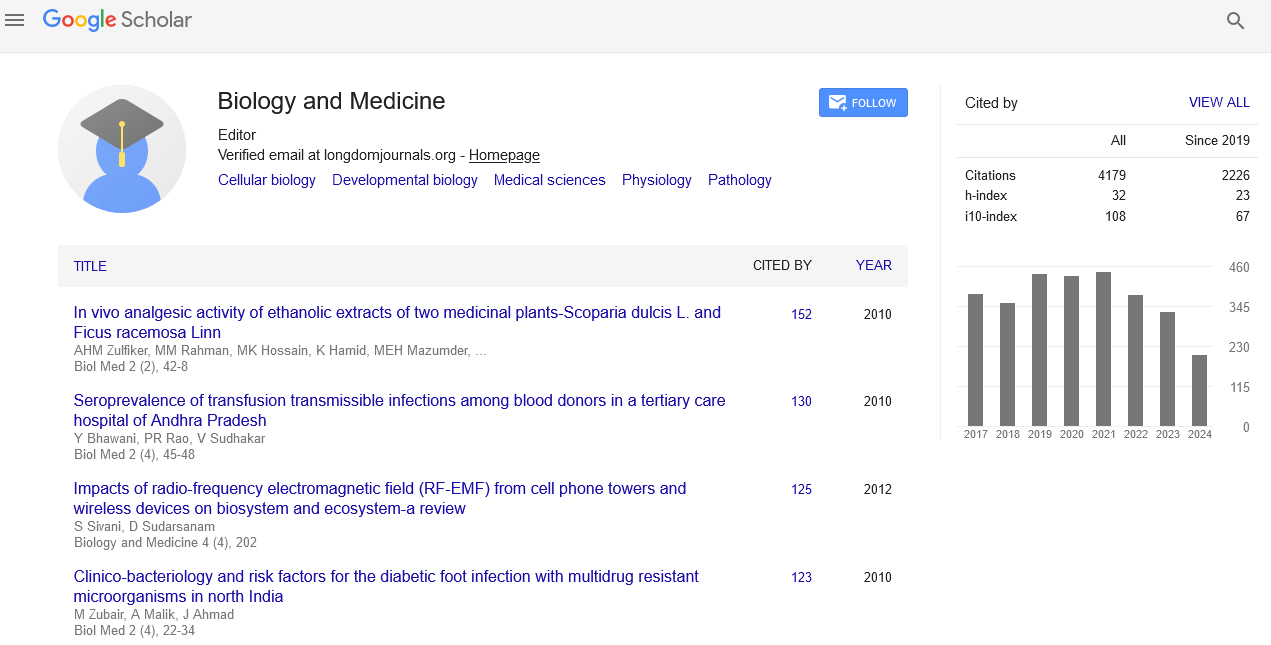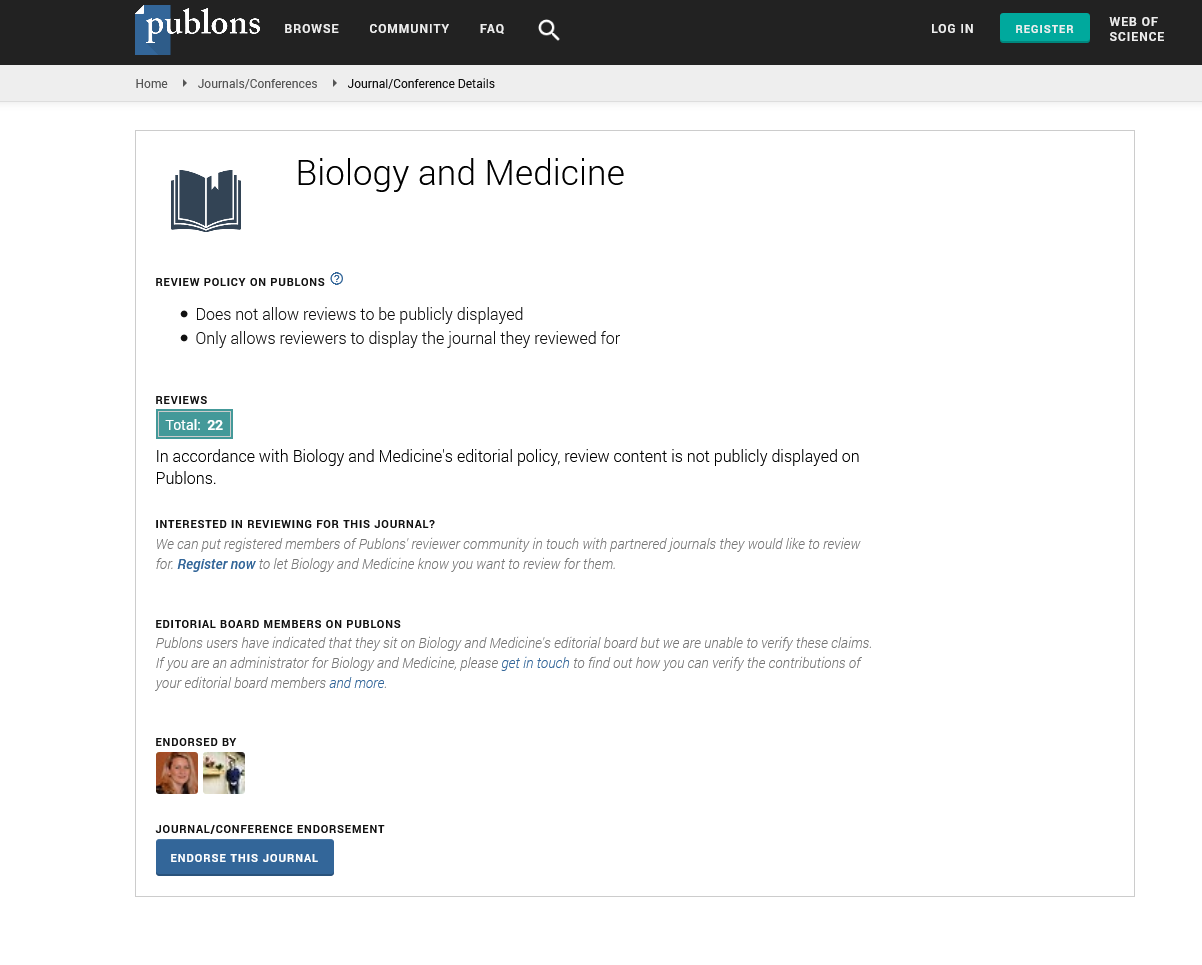Indexed In
- Open J Gate
- Genamics JournalSeek
- CiteFactor
- Cosmos IF
- Scimago
- Ulrich's Periodicals Directory
- Electronic Journals Library
- RefSeek
- Hamdard University
- EBSCO A-Z
- Directory of Abstract Indexing for Journals
- OCLC- WorldCat
- Proquest Summons
- Scholarsteer
- ROAD
- Virtual Library of Biology (vifabio)
- Publons
- Geneva Foundation for Medical Education and Research
- Google Scholar
Useful Links
Share This Page
Journal Flyer

Open Access Journals
- Agri and Aquaculture
- Biochemistry
- Bioinformatics & Systems Biology
- Business & Management
- Chemistry
- Clinical Sciences
- Engineering
- Food & Nutrition
- General Science
- Genetics & Molecular Biology
- Immunology & Microbiology
- Medical Sciences
- Neuroscience & Psychology
- Nursing & Health Care
- Pharmaceutical Sciences
Beck Z. Abdeliyev
Department of Animal Research, National Scientific Center for Especially Dangerous Infections named after M. Aikimbaev of the Ministry of Health of the Republic of Kazakhstan, Almaty 050054, Republic of Kazakhstan
Publications
-
Research Article
Distribution Structure of the Great Gerbil (Rhombomys opimus Licht, 1823) in the Western Part of the Betpakdala Desert of Kazakhstan: Biotransformation of Arid Lands
Author(s): Ziyat Zh. Abdel, Zauresh B. Zhumadilova, Nurbol N. Shakiev*, Beck Z. Abdeliyev, Svetlana B. Issaeva, Aigul A. Abdirassilova, Vladimir G Meka-Mechenko, Veronika P. Sadovskaya and Ratbek Sailaubekuly
Earth's climate changes that occur as a result of global climate change are changing the biosphere of our planet as a whole. As a result, many animal species change their geographical ranges, seasonal activity, migration patterns, abundance and interaction with other species, including microorganisms, the facts of which are observed in the deserts of Kazakhstan. The main carrier of the causative agent of the plague in the desert natural focus of the Betpakdala plague of Kazakhstan is the great gerbil (Rhombonus opimus), where the plague epizootic was first discovered in 1959, the area of which was then 30,000 km2 until 1990. Due to the rapid industrial development of the Betpakdala desert, the impact of global climate change on earth and other factors over the past 30 years, the area of this natural plague outbreak has increased by 50.12% (60.14 thousand km2) in the northern direc.. View more»


